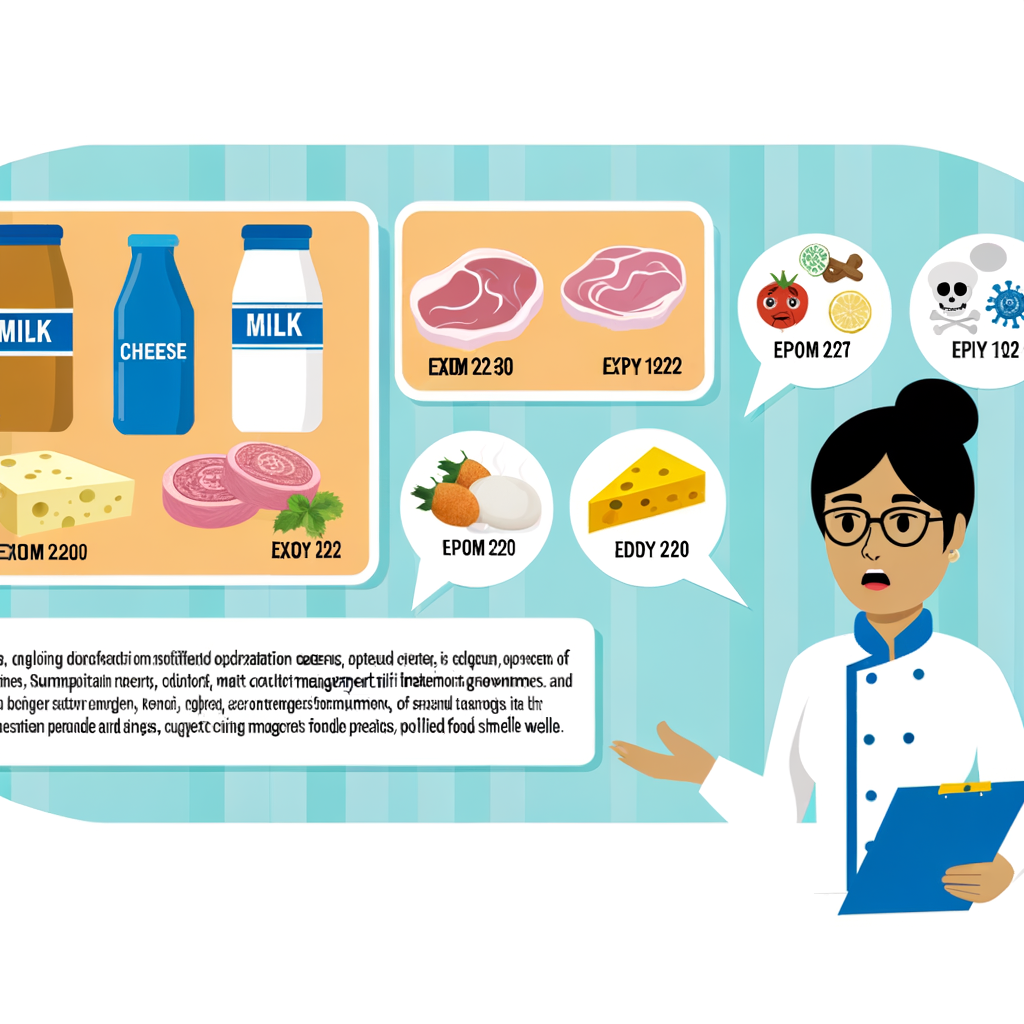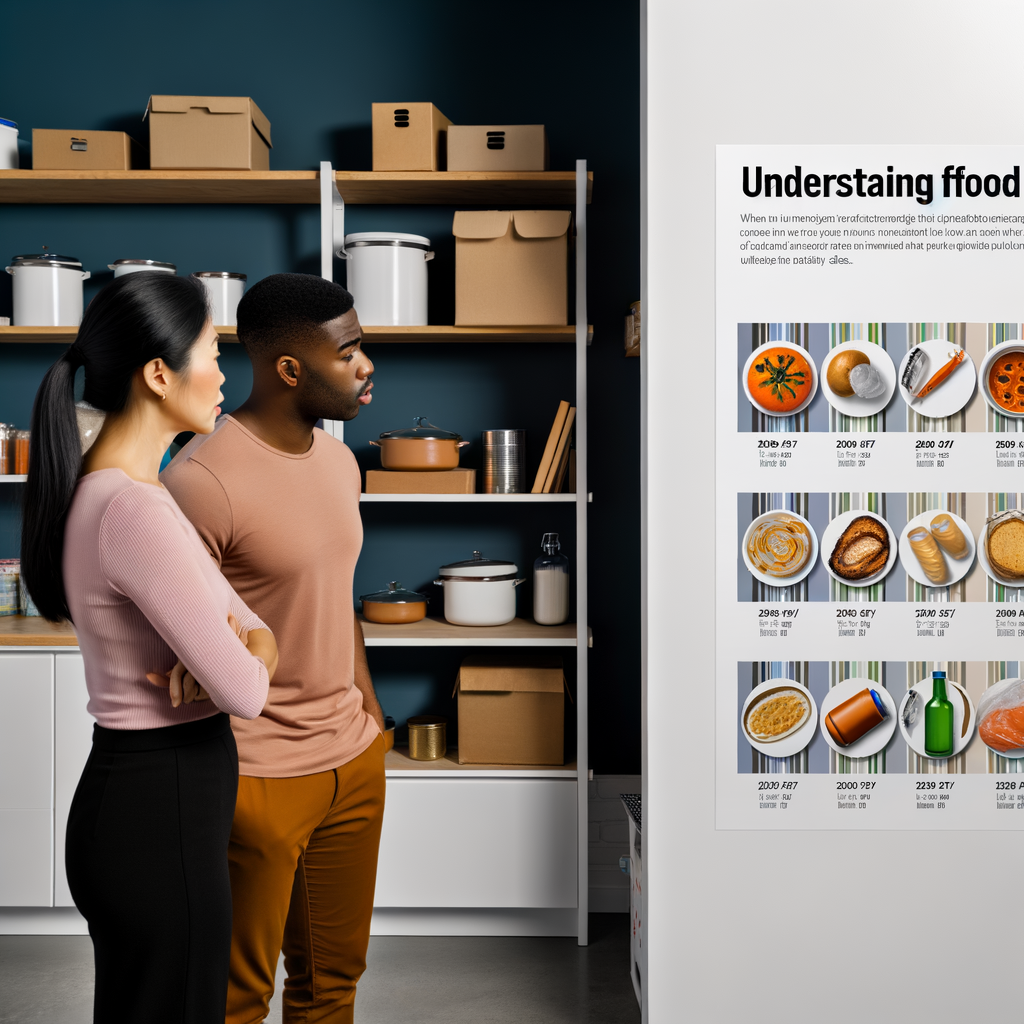As a chef, ensuring the safety of the food I serve to my customers is of utmost importance. This is why understanding expiration dates is crucial in maintaining food safety standards. Expiration dates are often misunderstood and can lead to food waste, but they are actually quite simple to understand.
First and foremost, it’s important to differentiate between the different types of expiration dates. The two most common types are “best by” and “use by” dates. A “best by” date refers to the date after which the food may not be at its peak quality, but is still safe to consume. On the other hand, a “use by” date indicates the last day the food is safe to eat. It’s crucial to pay attention to these dates and consume the food before the “use by” date.
Another important aspect of expiration dates is proper storage. Even if a food has not reached its expiration date, it can still spoil if not stored correctly. Refrigerated items should be stored at the proper temperature and non-perishable items should be kept in a cool, dry place.
Lastly, it’s important to understand that expiration dates are not an exact science. They are simply an estimate of when the food will no longer be at its best quality. Use your senses to determine if the food is still safe to eat. If it looks, smells, or tastes off, it’s best to err on the side of caution and discard it.
In conclusion, as a chef, it’s my responsibility to ensure the safety of the food I serve. By understanding and properly following expiration dates, we can reduce food waste and ensure the safety of our customers. Remember, when in doubt, throw it out!





